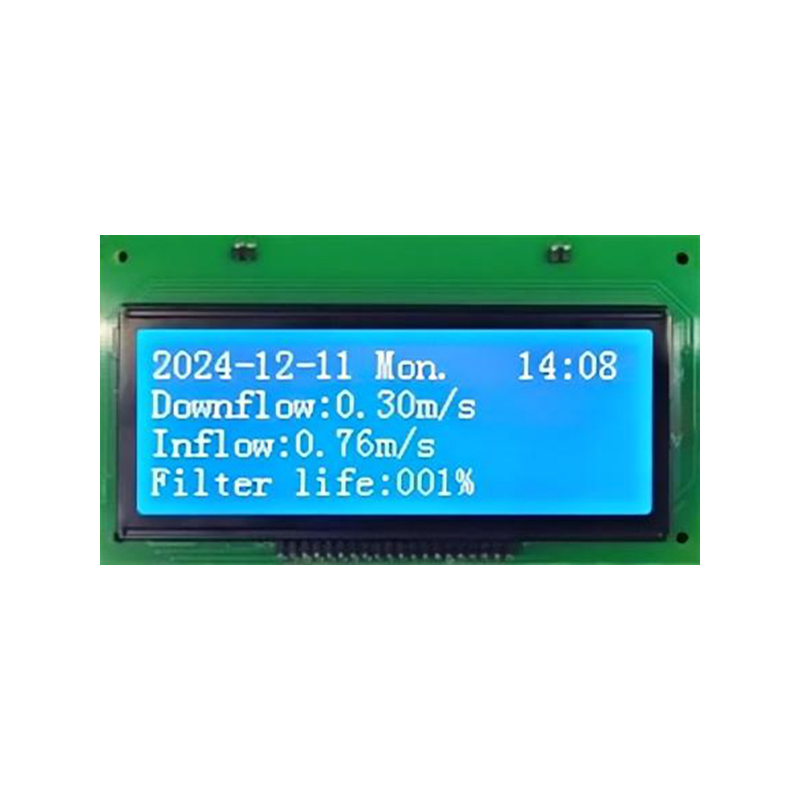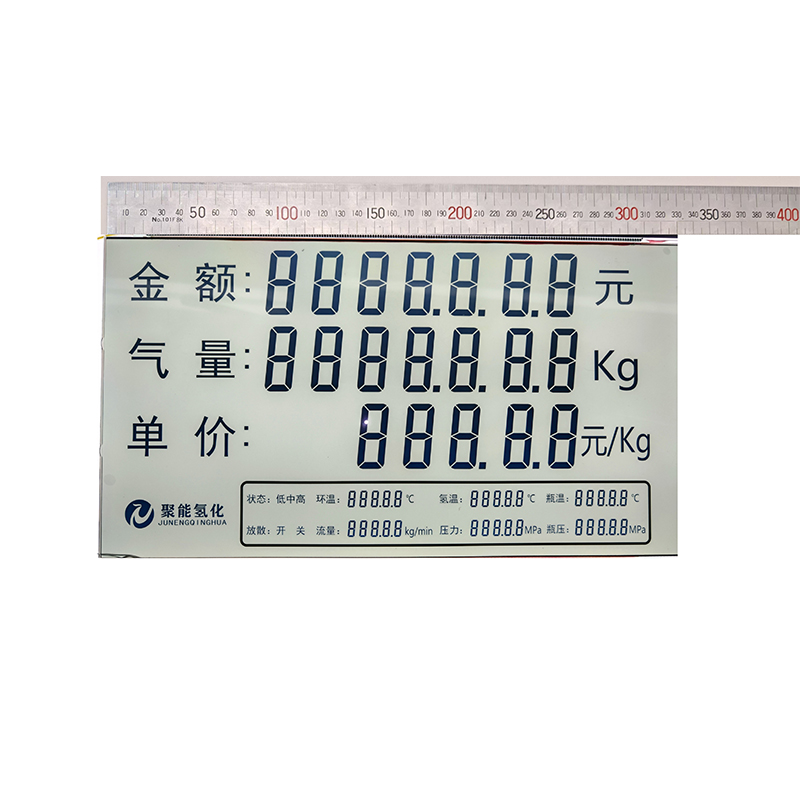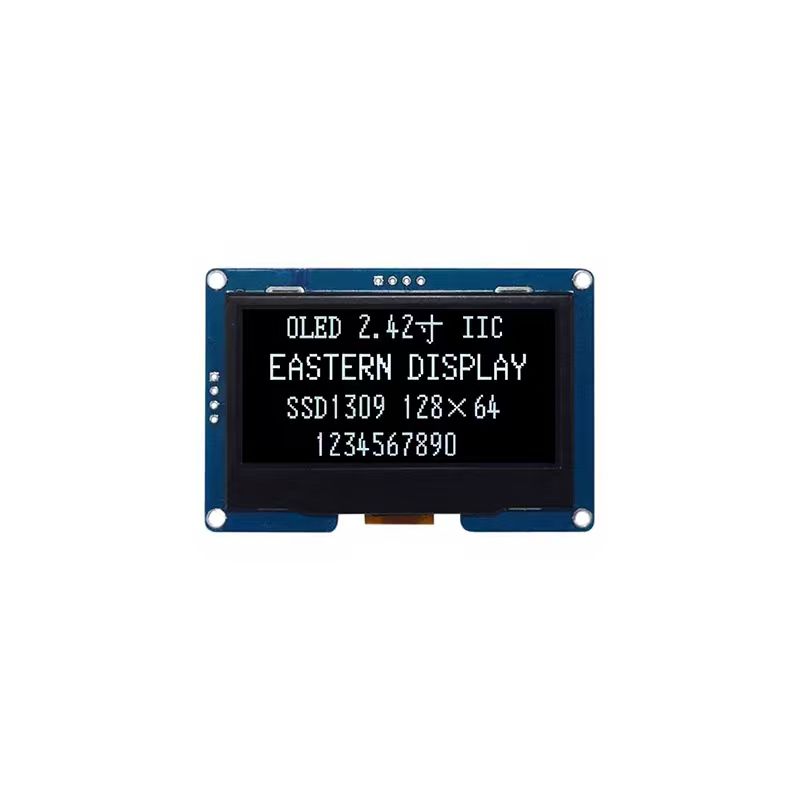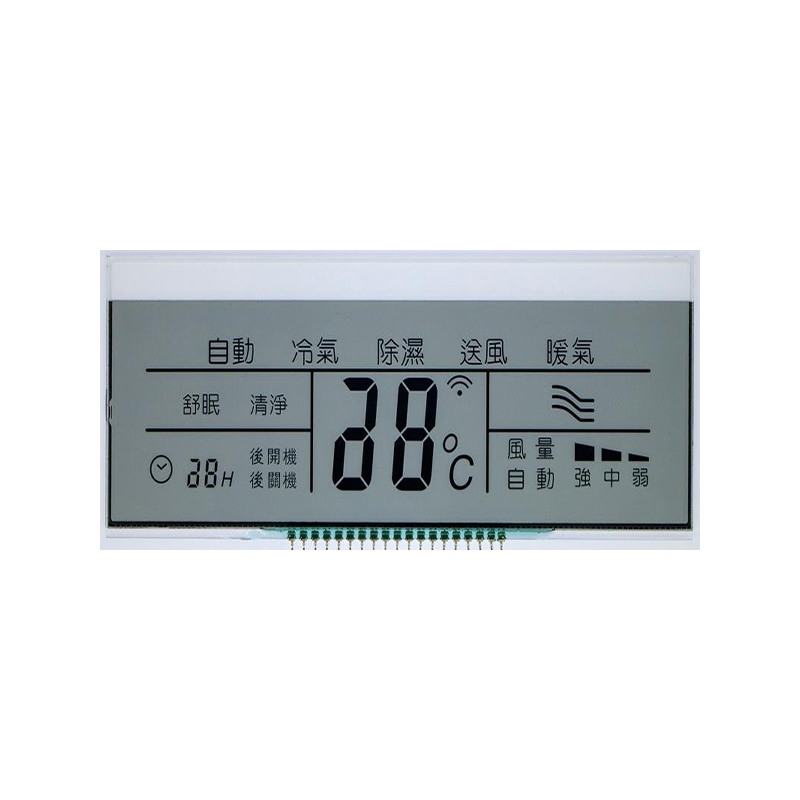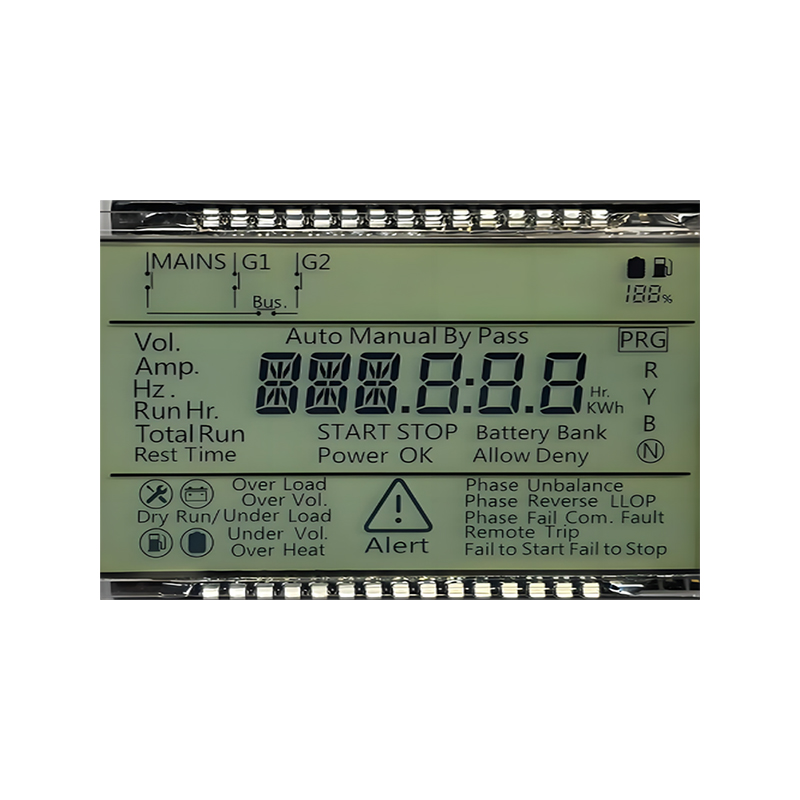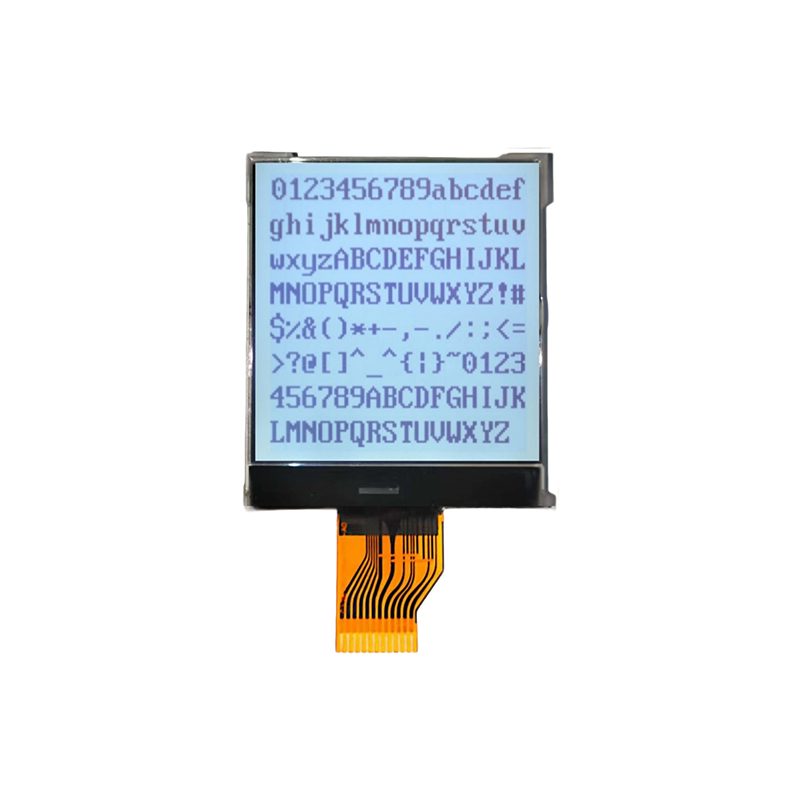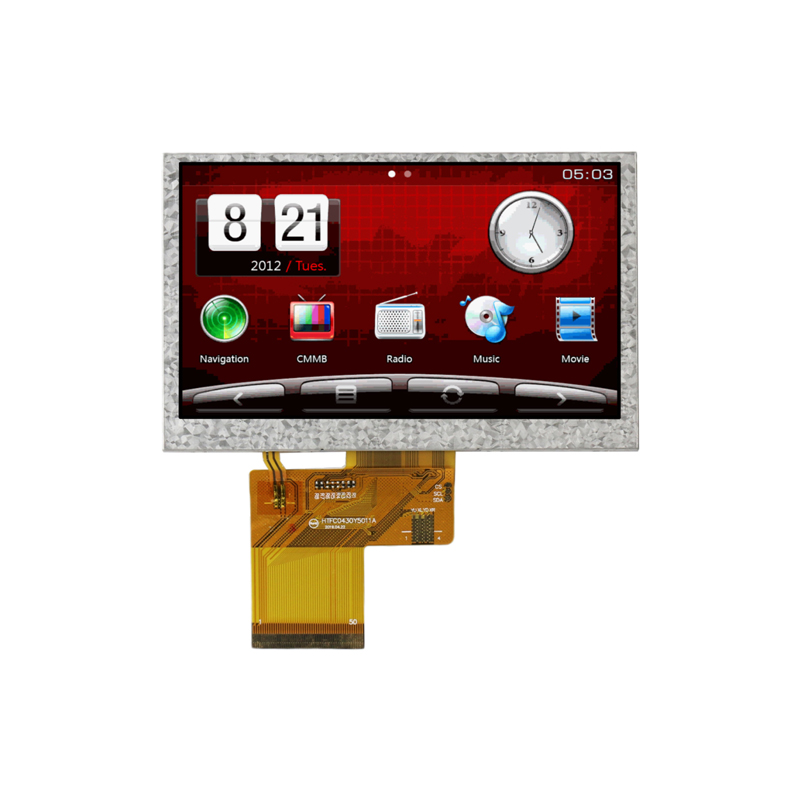Samsung TFT screens, or Thin Film Transistor screens, are a prevalent type of liquid crystal display (LCD) technology. They utilize transistors to control individual pixels, resulting in sharper images and faster response times compared to earlier LCD technologies. Samsung, a leading manufacturer of electronic components, offers a wide range of TFT screens for diverse applications.
TFT Technology Explained
How TFT Screens Work
A Samsung TFT screen comprises several layers: a backlight, liquid crystals, color filters, and a TFT array. The TFT array acts as a switch, controlling the voltage applied to each liquid crystal, thus determining its transparency and ultimately the color displayed. This precise control allows for high-resolution images and accurate color reproduction.
Advantages of TFT Technology
TFT screens offer several benefits, including:
- High resolution: Capable of displaying sharp, detailed images.
- Fast response times: Minimizes motion blur, ideal for gaming and video playback.
- Good color accuracy: Produces vibrant and realistic colors.
- Wide viewing angles: Allows for comfortable viewing from various angles.
- Relatively low cost: Compared to other display technologies, TFT screens are generally affordable.
Disadvantages of TFT Technology
While offering many advantages, TFT screens also have some limitations:
- Limited contrast ratio: May not achieve the deep blacks of other display technologies like OLED.
- Viewing angle dependence: Although improved, color accuracy might slightly vary depending on the viewing angle.
- Power consumption: Can consume more power compared to some newer technologies.
Applications of Samsung TFT Screens
Samsung TFT screens are utilized in a vast array of applications, including:
- Mobile phones and tablets: A common choice due to their balance of quality and affordability.
- Laptops and notebooks: Providing a good balance between image quality and portability.
- Monitors and displays: Offered in various sizes and resolutions for diverse needs.
- Industrial applications: Used in industrial machinery and control systems where clear visuals are crucial.
- Automotive displays: Integrated into dashboards and infotainment systems of vehicles.
Choosing the Right Samsung TFT Screen
Selecting the appropriate Samsung TFT screen depends on several factors:
- Resolution: Higher resolution means sharper images, but it also demands more processing power.
- Screen size: Determined by the application and available space.
- Response time: Critical for applications requiring fast refresh rates, like gaming.
- Brightness: Important for ensuring visibility in various lighting conditions.
- Contrast ratio: Impacts the depth and richness of colors.
Samsung TFT Screen Specifications Comparison
| Model | Resolution | Response Time | Brightness |
| Example Model 1 | 1920x1080 | 5ms | 300 cd/m2 |
| Example Model 2 | 2560x1440 | 1ms | 400 cd/m2 |
| Example Model 3 | 3840x2160 | 2ms | 500 cd/m2 |
Note: These are example models. For the most up-to-date specifications, please refer to the official Samsung website. Consider checking out high-quality Samsung TFT screens from reputable suppliers like Dalian Eastern Display Co., Ltd. for your specific needs.
Remember to always consult the official Samsung documentation and datasheets for precise specifications and the latest information on Samsung TFT screens.



